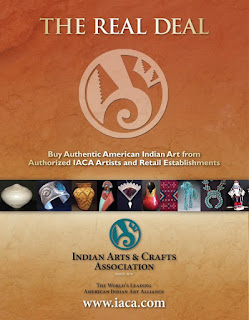As the year draws to a close, news comes through of an ominous development seriously threatening dealers' rights in Israel. As reported by the indefatigable Peter Tompa: "Israel Requires On-Line Inventories" Tuesday, December 29, 2015.
After losing a court challenge, Israeli antiquities dealers will be required to establish on-line inventories that will allow Israeli authorities to better track purchases, sales and exports. In theory at least, this sounds reasonable, but CPO wonders whether the process will be a nightmare in practice, particularly for small, inexpensive items like oil lamps and coins.Israel is among the few countries in the world that are rich in archaeological artifacts that legally allows the trade in antiquities. It seems the archeologists in their international anti-collecting conspiracy have now influenced the courts there to decide against the interests of the collectors. This will force the dealers to increase the prices of the small, formerly inexpensive, items like oil lamps and coins which will force the small collectors out of the hobby which will thereby become less democratic and be easier to ban. Peter Tompa observes, and it is difficult to assail his logic:
And if this is such a great idea, why not require archaeologists and museums operating in Israel to establish on-line inventories as well? Such on-line inventories would help deter insider theft and perhaps provide information that will be helpful to scholars.













































